There are many unfamiliar words in the world of painting, to which you might come across in an essay or read in a book. The words could baffle a regular art-lover, if not provided the real meaning. Here, under the title of Jargons of the Art-world, we have gathered a list of such jargons of the art-world just to understand those words better for the next time you visit an art-museum.
1. Cartoons
Cartoons are basically the references for the big paintings, drawings and frescoes undertook by the artists of the renaissance period. Before executing the final draft, first they would draw or painting the full painting on a small scale i.e. on paper with paint, charcoal, etc. Thus, these scale-correct miniatures would help the artist to draw the much larger paintings with accuracy.
Cartoons were inevitable for any big commission. Because, if you look at the scale of the Sistine chapel ceiling and the massive assemblage of characters, events and précised composition, it would take much more vivid imagination and understanding of the entire scene, to produce such art-work. The popular examples of such cartoons are the “Raphael Cartoons” which Raphael produced for the large sized tapestries for the Sistine Chapel in Vatican Palace.
2. Violon D’Ingres
In early 19th century, there was a decent and prolific French artist called Ingres. His art-pieces were ingenious in every way possible. Critics appraised him fairly and were a firm promoter of drawings over paintings. Thus, thoroughly understanding his art, he had another intense hobby of playing violin. Actually, it couldn’t be just called as a hobby as his interest of playing violin intensified in later years and even started give more time to violin than paintings.
Thus, this habit generated a new term among the peers calling it Violon D’Ingres, which meant another skill of a person apart from the one for which he is known for.
Though, technically this entry is not related to paintings directly, but as the term has come from the art-world, it owns to demand a little place in art-world.
3. En Plein Air
The term literally means “In the Open Air” in French. Term coined in 1870s, when the pigments became available in tubes allowing the painters the freedom to go anywhere (e.g. open fields, forests, grounds, over the hills, etc.). This huge advancement for the time created a whole new genre of the artist who began goes in the open air and painted the natural beauty.
Before the tubed colors, artists had to make their own colors by mixing dry pigments with water or linseed oil.
The freedom of wandering in fields and searching out the best location or the perfect natural beauty was a huge amenity for the artists who loved to paint in open. The major artists who promoted En Plein Air indirectly through their arts were Claude Monet, Camille Pissarro and Pierre Auguste Renoir.
Thus, the simple act of painting outdoor in the fields coined a fresh term, which is now supported by numerous communities!
4. Trompe l’oeil
Trompe I’oeil is a technique which has vastly became popular in recent times.
On streets, walls, buildings and even on bodies (as a tattoo) a new trend of trompe l’oeil paintings have started. In simple words we call it 3D painting, but the proper term Trompe l’oeil means deceive the eyes in French. Apparently, it tricks our eyes to believe that there is actually a deep chasm in the picture bellow, but then suddenly our practical brain tells us no, a chasm can’t exist in the middle of a street.
Though, this art is not a novelty in art-world. From the baroque period (around 1600 to 1750), this art-form exists and is cultivating from that time. Though, more relatable usages of such paintings can be found in old films and stage-shows, where to expand the stage or set, such painting-technique were used extensively.
5. Tenebrism
Tenebrism was a branch of Chiaroscuro technic primarily developed by Caravaggio and his fellow artists. To understand the characteristic first, you should see an example of tenebrism:
You can see the characteristics of tenebrism in the current picture. Majority area of the painting is dark and only the important areas (faces, hands, significant thing which plays important role in the scene, etc.) are highlight by a single source of light. Thus, tenebrism minimalizes the whole scene in a way and emphasizes only on the main elements of the scene.
Chiaroscuro is a process in which artist leaves the bright parts of the scene as they are while the obscure or the parts which the artist deem less important gets darken-almost black to spare viewer distracting from the main subject of the painting. Tenebrism just takes the process of chiaroscuro to an extreme level where the bright parts also get intensified instead of leaving them as they would look in natural light.
Caravaggio’s this style made him hugely popular and gave a prestige position in his contemporary art-communities.
6. Di sotto in sù
Di sotto in su is very similar technique to the Trompe l’oeil except the mere characteristic difference about the orientation. Tromple l’oeil could be used anywhere, while di sotto in su is a spatial illusion which is seen from below. The Italian term translates as “seen from below” in English.
The present picture shows a ceiling painted with the di sotto in su technique. There is not real dome in the building but by ample craftsmanship, the ceiling seems to have much depth than reality.
7. Caravaggisti
The followers of the Caravaggio were called Caravaggisti.
The reason that Caravaggio got so many followers that a whole cult conjured up was his aforementioned style of Tenebrism. Almost all of his paintings contain the style and the lovers and the imitators of his style were spread through Italy extensively.
So, we can call Caravaggio one of the first renaissance painter who enjoyed the equivalent status to today’s film stars.
8. Pentimento
Pentimento means the sudden or intended change of mind of the artist during his painting process.
When a painter is working on a painting, sometimes he changes his mind about a little compositions or even the full character’s placement in the composition. In this case, unwilling to use new canvas or too much has been deployed on the canvas to replace, the painter overlaps the unwanted element with new colors. A normal viewer wouldn’t even notice such alteration.
But by latest, scientific technologies such changes or alterations are clearly visible.
The presented painting is a little portion of Pablo Picasso’s painting The Old Guitarist. If you look carefully, you can see a ghost-like girl forms up around the neck of the guitarist. That is supposedly the previous version of the painting, which Pablo removed and overlapped with the blue and probably sick old guitarist. This could be the best example for the Pentimento correction.
9. Anamorphosis
There are basically two types of Anamorphosis: Perspective and Mirror.
The image says it all. Anamorphosis is a technic which has been used for a long time. The most notable example of such Anamorphosis is Leonardo’s eye. It is just a simple sketch on a paper of a scratched eye which looks normal if we change the angle.
The more general examples of such art can be seen on road, the stretched “Children Crossing” words on roads which look normal when driving.
10. Giornata
For “a day’s work”, the Italian word is Giornata.
Frescos are the large paintings depicted on walls or ceilings and can’t be finished in one day. They need to be parted in days. But the reason the word came up was because in old times when an artist commences a work, he first applies lime plaster before painting. Thus, he had to be precise about how much work he much work he could finish in one day to gauge the need of the lime plaster.
Lack of the advanced techniques the inconsistency could be perceived in the paintings. In the picture below, a line separating different days’ work is perceivable right above the man’s hand.
Jargons of the Art-world Part 1 finishes here. Here are three more parts of the series: part two, three and four.

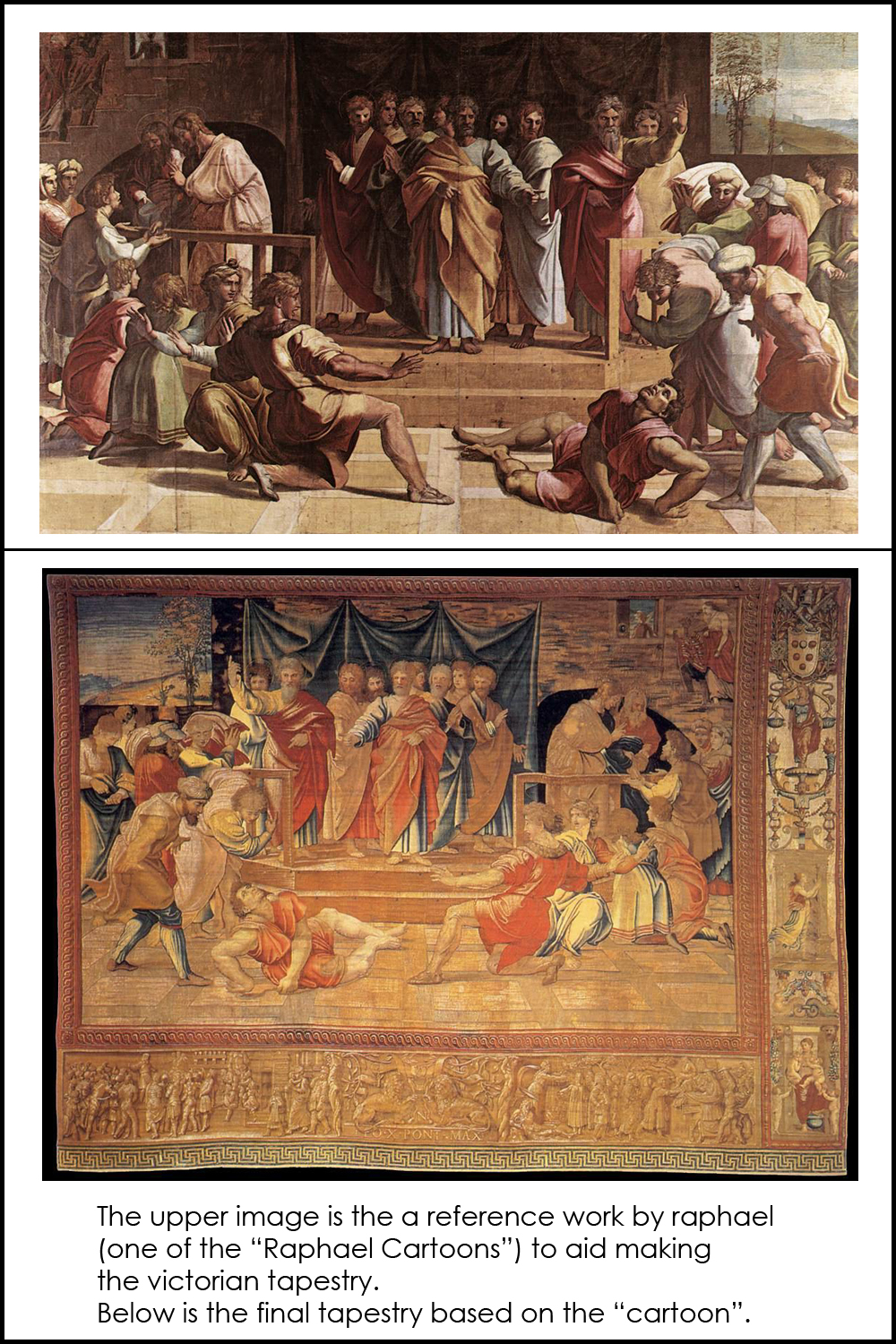
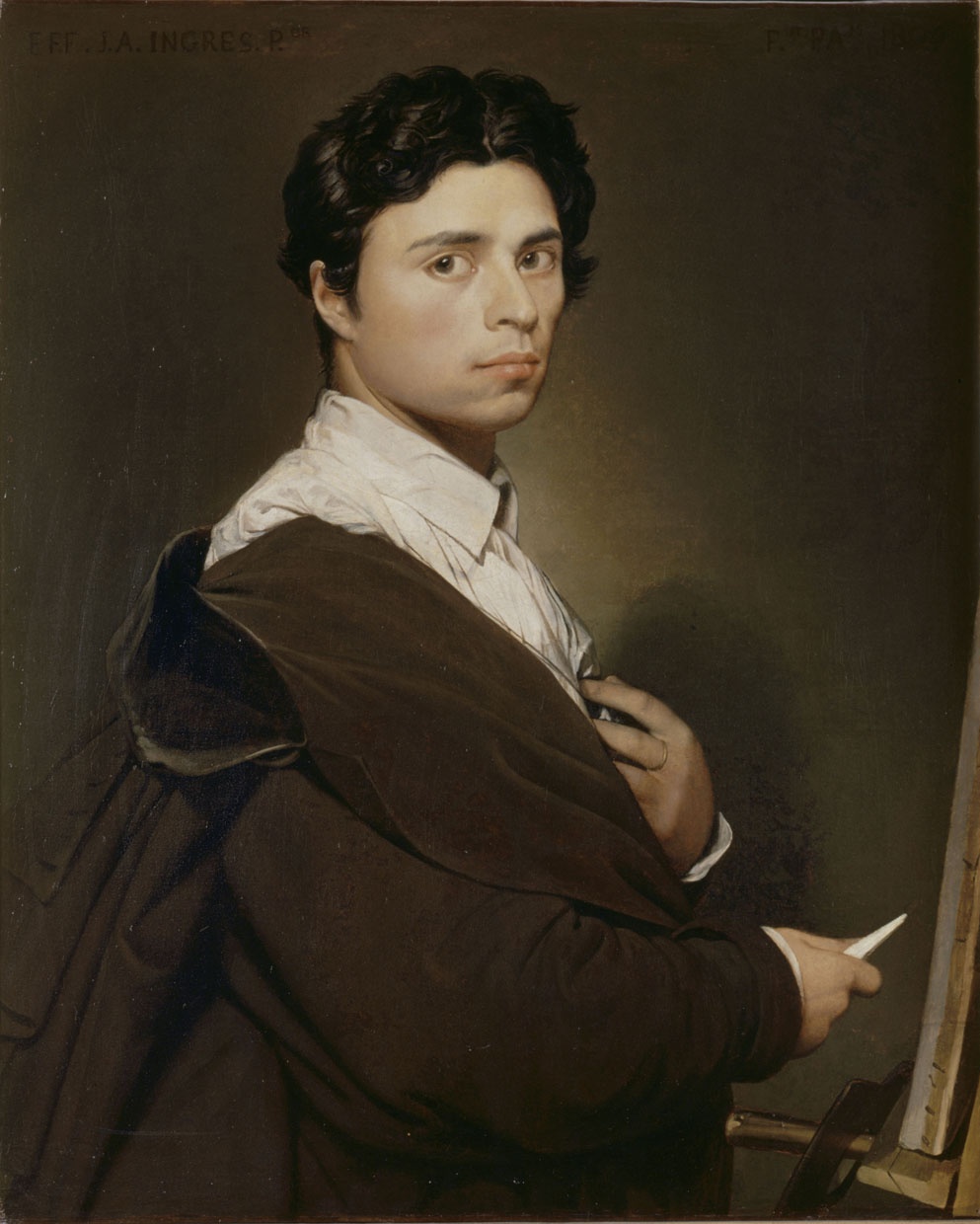



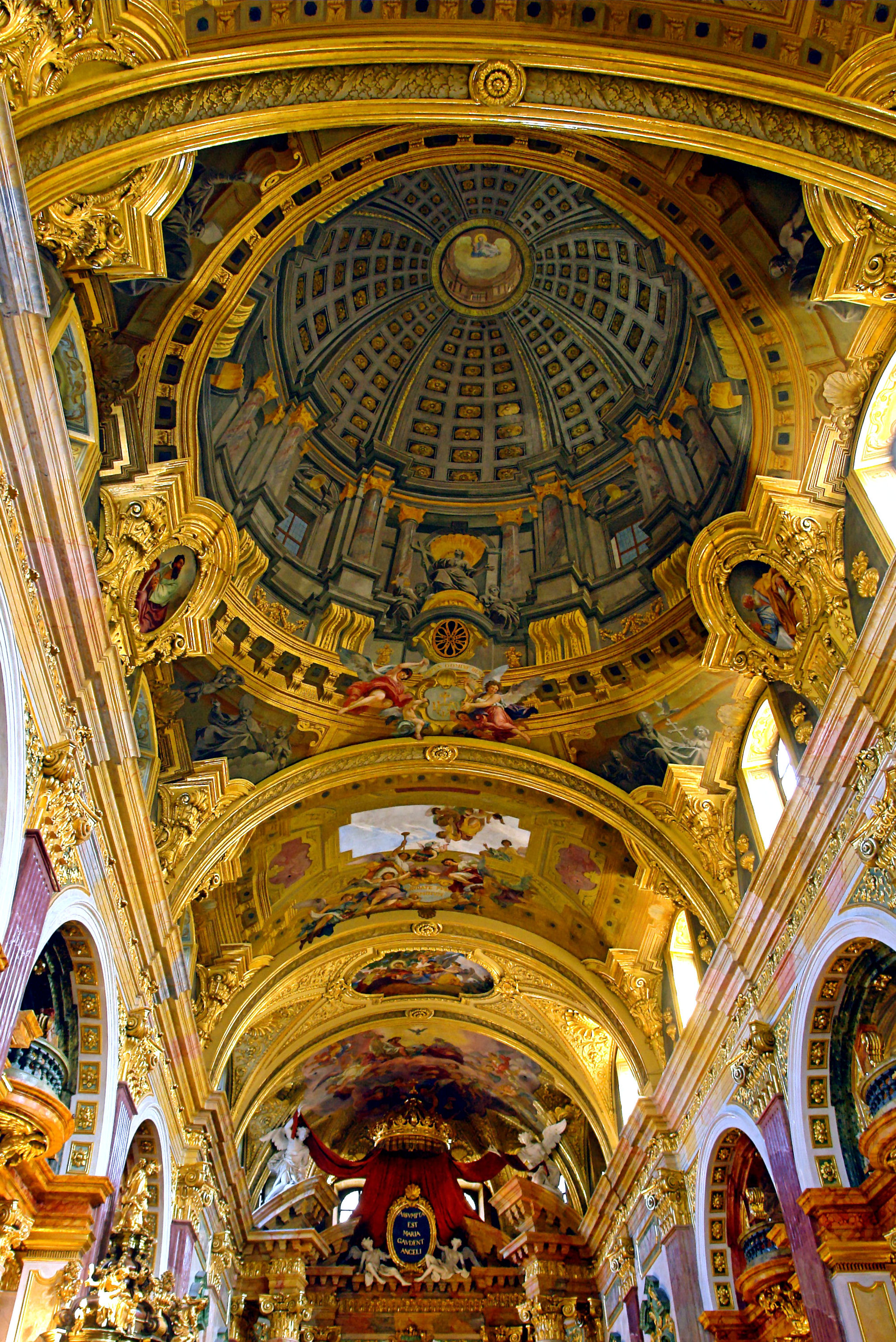
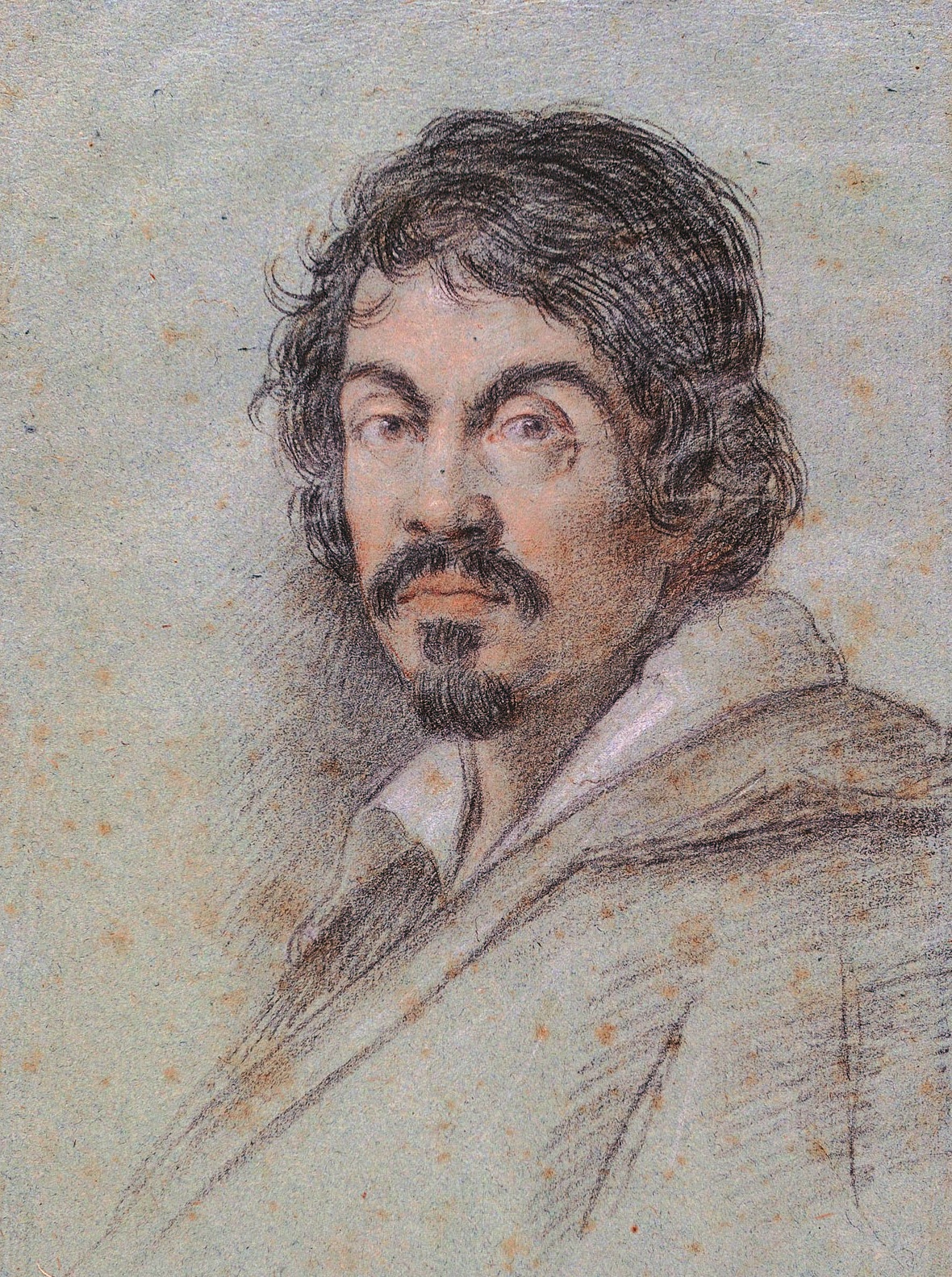

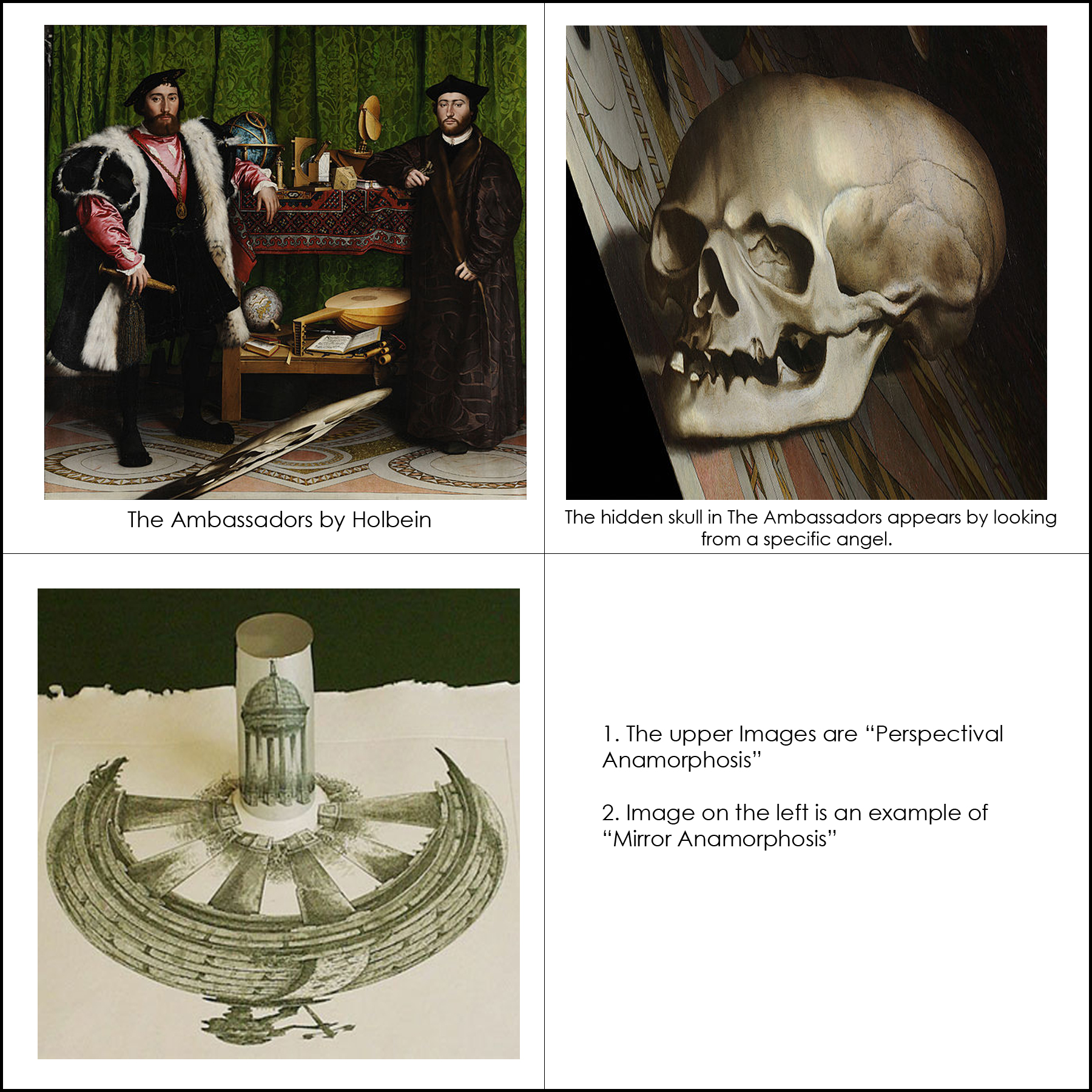

Where is part 2?
Here you http://artpaintingartist.org/jargons-of-the-art-world-part-2/ also part 3 and 4 are given here
http://artpaintingartist.org/jargons-art-world-part-3/
http://artpaintingartist.org/jargons-of-the-art-world-part-4/
Enjoy buddy.. nice work!